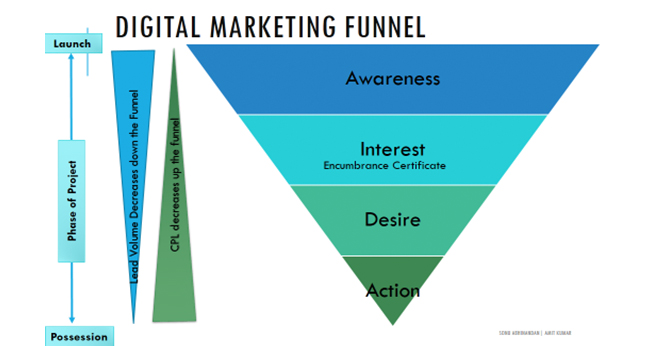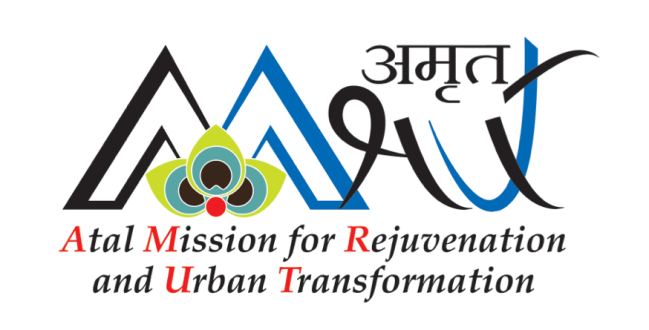Impact of the Statue of Unity on Real Estate in Gujarat
About Statue of Unity:
Sardar Vallabhbhai Patel’s statue is also known as the Statue of Unity. It is situated in the Indian state of Gujarat. Sardar Vallabhai Patel (1875–1950), who was the first Home Minister of India. After completion of the construction work, his statue is the world’s tallest statue standing at a height of 182 meters.
The project was first announced in 2010 and the construction of the statue began in October 2013 by Larsen & Toubro, who received the contract for Rs 2,989 crore from the Govt of Gujarat. The sculptor was designed by Indian sculptor Ram V. Sutar.
The statue is located at the shore of the Narmada River facing the Sardar Sarovar Dam. The statue was inaugurated by Prime Minister Narendra Modi on October 31, 2018, on the 143rd birth anniversary of Sardar Vallabhbhai Patel.
To support the construction of the statue, the Statue of Unity movement was started to support the construction of the statue. This movement helped a lot to collect the iron needed for the statue. By asking farmers to donate their scrap farming instruments. It is heard that by 2016, a total of 135 metric tonnes of scrap iron had been gathered. Out of 135 metric tonnes, about 109 metric tonnes of it were utilized to make the foundation of the statue after processing.
On 15th December 2013, a marathon entitled “Run For Unity” was held in Surat and Vadodara to support the project.
The world’s tallest “Statue of Unity” is a pride of India and a decent honor to the fearless who undivided and integrated India, our precious Sardar Vallabhbhai Patel. He was highly respected for his leadership in uniting the 552 states of India to form the single Union of Indian.
Real Estate market of Gujarat:
Gujarat is known for its rich culture and has a population mix of professional and business class. It is well-known for the industrialized state. It is home to many prominent cities including Ahmedabad, Jamnagar, Mandvi, Gandhinagar, Surat, etc. The city of Gujarat has made rapid progress in real estate developments.
The transformation of Gujarat has been slow and steady but today anyone who is visiting the state can see skyscrapers buildings and malls in place of old aged residential and commercial buildings.
Day by day growing employee demand is pushing up the rental markets in Gujarat as well as real estate capital values in the city. Rentals at famous locations such as Ahmedabad or Jamnagar can range from Rs.8,000 to Rs.15, 000 per month for 2/3 bed-room units, while purchase prices for the same can range in between Rs.17 to 30 lakhs onward.
At the same time, real estate developers betting big on affordable homes in Gujarat. As per Gujarat Real Estate Regulatory Authority (GujRERA), 1/3rd of all the realty projects registered with GujRERA fall under the affordable housing category. Among 2000 affordable housing projects, 880 are only residential and 820 are mixed-use with residential and commercial units.
The Statue of Unity and its Impact on Real Estate Market of Gujarat
Impact of the Statue of Unity on the Tourism Industry:
The government’s plan to set a large tourism center on the routes of the Kutch. The winter festival near the statue will boost tourism in the region. This tourism center will offer adventure activities and water sports to the tourists such as world-class light and sound show with musical fountains. In the first place, basic infrastructure such as a tent city near Sadhu Bet will come into view with 250 tents that will remain operative during the year. The site will attract foreign tourists and holds the potential to be developed as an eco-tourism site. The Statue of Unity is fair to draw numbers of foreign tourists along with domestic visitors across India and is creating huge revenue for the country The Gujarat government has made every effort to develop the entire neighborhood as a world-class tourist center.
Infrastructure development:
The government’s decision to construct basic tourist infrastructure at different destinations in the State such as the Narmada district. It will surely boost their attractiveness index. It will not only spark commercial real estate growth in the region, but it will also offer an endless chance to add to social development and stability, all-around economic growth and heritage conservation.
The development of transport modes to reach the location will gradually propel both commercial and residential growth in the nearby areas.
As of now, there are several projects in the card to assure that this place turns out to be a popular tourist point. A world-class zoo will be developed across 1,300 acres over seven levels by the name Sardar Patel Zoological Park near the statue. Moreover, there is a plan to start boating activities near the statue as a jetty is being constructed in the Narmada.
Employment Creation:
It’s not just about India’s pride in building the tallest statue but it’s about creating employment and revenue for the country. At the same time, it will create new business opportunities for the people living in nearby areas.
An increase in tourism and other related sectors will create huge employment opportunities for the locals and tribals living nearby the Narmada district. As of now, it has been decided by the state govt that the tent city will employ at least 15% locals. Going forward, training is also being provided to guides to face the increased tourist traffic that is hopefully to be generated after the inauguration of the statue of Unity. On the other hand, to flourish tourism center, the employment of qualified and skilled manpower is required which will be a serious task for the government.
Growth of allied sectors:
In the last few years, it has seen that the tourism and hospitality sector attracting investments worth Rs 11,000 crore. Increased tourism activities due to the newly-inaugurated Statue of Unity will create a way for establishing new industries in the associated sectors such as hospitality, transportation, and handicrafts. A 3-star Shrestha Bharat Bhavan hotel has already been built near the statue.
Conclusion:
As of now, there are several projects in the card to assure that this place turns out to be a popular tourist point. A world-class zoo will be developed across 1,300 acres over seven levels by the name Sardar Patel Zoological Park near the statue. Moreover, there is a plan to start boating activities near the statue as a jetty is being constructed in the Narmada. Local businesses have been seen in lots of progress. Earlier nearby restaurants used to remain profitable only during monsoon while dam overflowing. An increase in transport, restaurants, accommodation, and other service sectors will turnaround and will improve the economy of India.
Navagam, Gora Colony, Vasantpura, Thevadia, Nana Thavadia, and Mokhadi are nearby localities to the Statue of Unity. The Gujarat government has made every effort to develop the entire neighborhood as a world-class tourist center. Once these projects will be in place, will change the outlook of Gujarat real estate market.









